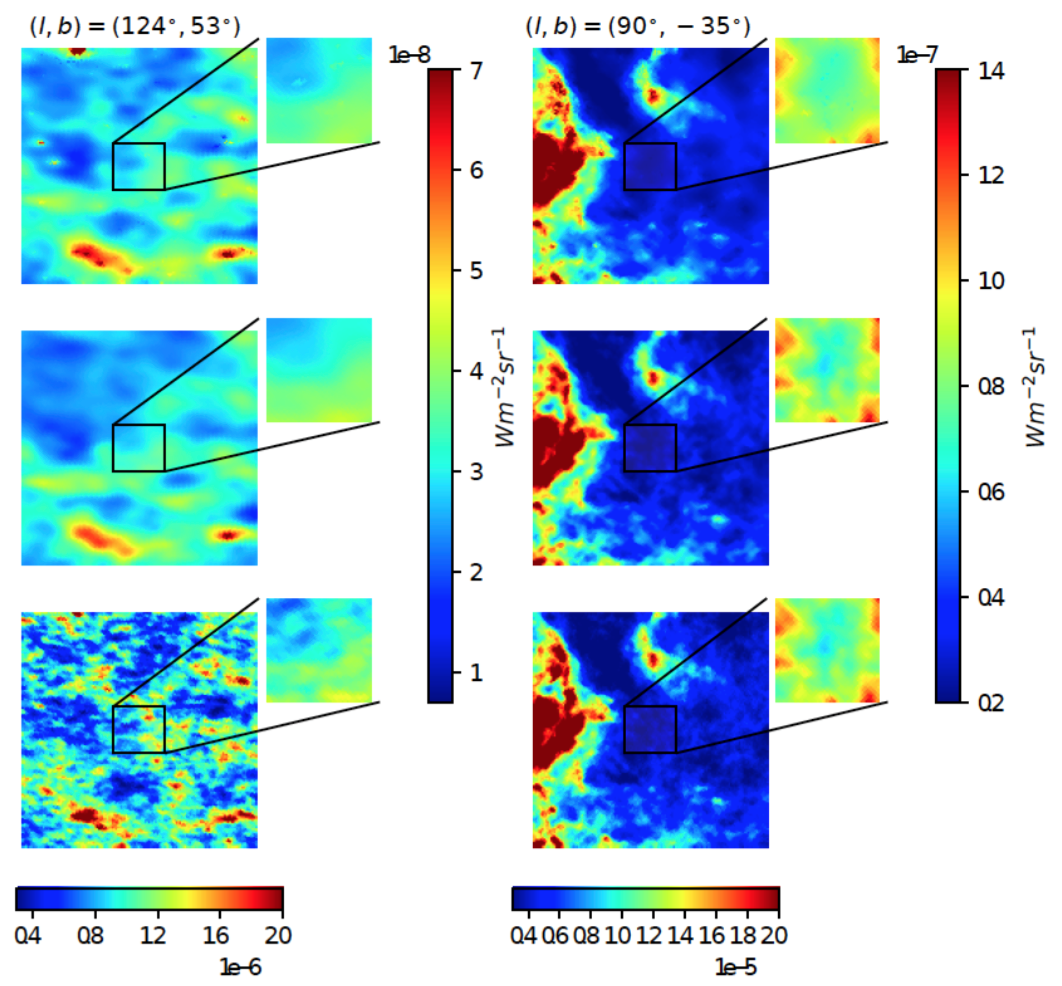Abstract
Context: The Planck data releases have provided the community with sub-millimetre and radio observations of the full-sky at unprecedented resolutions. We make use of the Planck 353, 545 and 857 GHz maps alongside the IRAS 3000 GHz map. These maps contain information on the cosmic microwave background (CMB), cosmic infrared background (CIB), extragalactic point sources and diffuse thermal dust emission. Aims: We aim to determine the modified black body (MBB) model parameters of thermal dust emission in total intensity and produce all sky maps of pure thermal dust, having separated this Galactic component from the CMB and CIB. Methods: This separation is completed using a new, sparsity-based, parametric method which we refer to as premise. The method comprises of three main stages: 1) filtering of the raw data to reduce the effect of the CIB on the MBB fit. 2) fitting an MBB model to the filtered data across super-pixels of various sizes determined by the algorithm itself and 3) refining these super-pixel estimates into full resolution maps of the MBB parameters. Results: We present our maps of MBB temperature, spectral index and optical depth at 5 arcmin resolution and compare our estimates to those of GNILC as well as the two-step MBB fit presented by the Planck collaboration in 2013. Conclusions: By exploiting sparsity we avoid the need for smoothing, enabling us to produce the first full resolution MBB parameter maps from intensity measurements of thermal dust emission.We consider the premise parameter estimates to be competitive with the existing state-of-the-art solutions, outperforming these methods within low signal-to-noise regions as we account for the CIB without removing thermal dust emission through over-smoothing.


